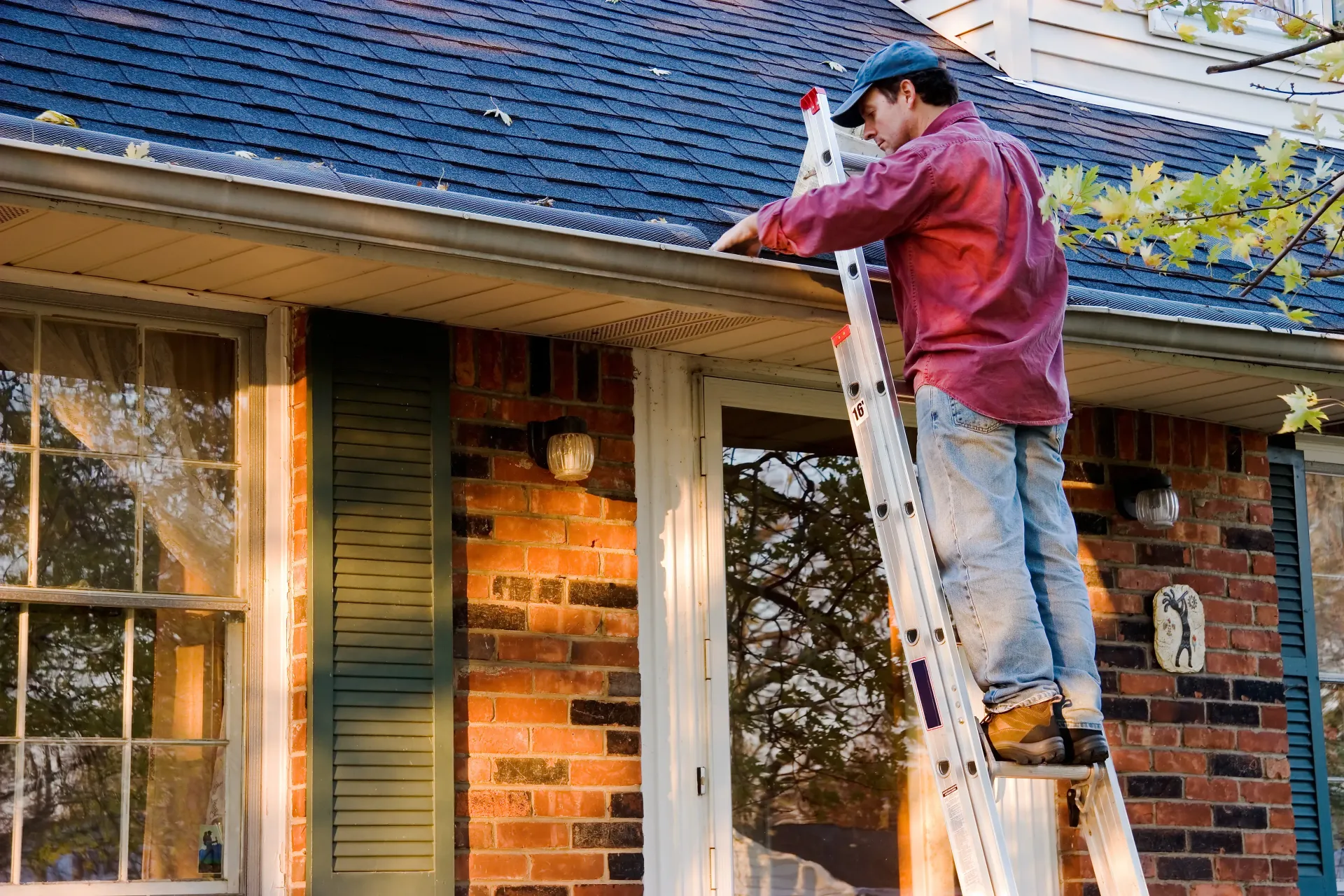Essential Steps for Homeowners to Recover From Rainwater and Wind Damage
In the wake of a severe rainstorm or potent winds, homeowners often face property damage ranging from water penetration to significant structural complications. The repercussions of harsh weather can indeed be daunting, leaving many overwhelmed by the aftermath. To navigate such a challenging time successfully, it's crucial for homeowners to undertake a series of vital steps aimed at restoring their homes and fortifying them against future adversities. This comprehensive process involves assessing and repairing the damage inflicted by rainwater and wind, as well as implementing measures to ensure the home remains safe, secure, and resilient in the face of nature's unpredictability. By taking prompt and effective action, homeowners can not only mitigate the immediate impacts of the weather event but also safeguard their homes for the long term, providing peace of mind amidst uncertainty and ensuring a safe and stable living environment for themselves and their families.

SIdentifying Urgent Repairs Post Storm Damage
The initial phase of recuperation after weather-induced damage involves a comprehensive evaluation to accurately assess the scale of the impact. It is crucial to meticulously inspect both the interior and exterior of your home, diligently searching for signs of damage such as water marks, the presence of mold, and any structural irregularities like cracked or missing shingles, as well as any debris that may have been left behind. This thorough assessment is essential in pinpointing areas that require immediate attention, thus preventing further deterioration of the damage. By documenting these findings in detail, you can effectively prioritize the repair tasks based on their urgency. This strategic approach ensures that critical areas are promptly addressed, reducing risks and establishing a structured framework for the recovery process. Prioritizing repairs in this manner not only safeguards the integrity of your home but also expedites the journey towards complete restoration, providing you with a sense of security and peace of mind during the recovery period.
Essential Safety Checks Before Initiating Home Cleanup and Repairs
Before embarking on any cleaning or repair endeavors, prioritizing the safety of your property for both you and your family is paramount. It is essential to deactivate electricity and gas supplies to areas impacted by damage, significantly diminishing the chances of encountering electrical dangers or gas emissions. Caution is advised when dealing with compromised structures, including weakened roofs or precarious trees, which pose a substantial risk. Refrain from venturing into areas deemed hazardous until they have been thoroughly evaluated and stabilized by skilled professionals. This precautionary measure ensures a secure environment, preventing potential accidents and facilitating a smoother restoration process. By adhering to these safety protocols, you lay a solid foundation for the subsequent recovery and repair phase, safeguarding the well-being of everyone involved. Taking these proactive steps not only ensures the physical safety of your property and loved ones but also helps streamline the overall restoration process, minimizing potential setbacks and ensuring a quicker return to normalcy after any damage.

Safeguarding Against Mold and Structural Damage
When your home falls victim to water intrusion following heavy rainfall, immediate and strategic measures are critical to curb additional harm and prevent the onset of mold growth and structural deterioration. Beginning with the prompt extraction of standing water using pumps, wet vacuums, or towels, you can take proactive steps to safeguard your home. To ensure thorough drying, consider strategically placing fans and dehumidifiers throughout the affected areas to enhance air circulation and moisture removal. Given the complexity and potential severity of water damage, it may be wise to seek the expertise of professional water extraction and restoration specialists. These professionals can provide a comprehensive approach, from identifying hidden moisture pockets to restoring your home to its pre-damage condition, ultimately minimizing long-term impacts and expediting the recovery process. By taking this proactive stance, not only do you preserve the structural integrity of your home, but you also promote a healthier living environment for you and your loved ones.
Repairing Roof Damage and Fixing Leaks
Roof damage frequently emerges in the aftermath of severe winds or storms, leading to leaks that can compromise the integrity of your home through water intrusion. Upon identifying a leak, it's crucial to implement a temporary fix, utilizing roofing cement or tarps, to halt additional water damage within your home. This immediate action serves as a temporary barrier against the elements. To fully understand the scope of the damage and to formulate a plan for comprehensive repairs or a potential replacement, arranging for a professional roof inspection is indispensable. Such an expert evaluation ensures that all issues are accurately identified and addressed, securing the long-term protection and safety of your home. This proactive approach not only mitigates immediate concerns but also contributes to maintaining the structural health and resilience of your residence against future weather challenges, ultimately safeguarding your property from potential structural deterioration and costly repairs in the long run.

Clearing Debris: Restoring Order
In the aftermath of a storm, it is not uncommon for properties to become littered with an assortment of debris, ranging from fallen branches and scattered leaves to miscellaneous rubble. To restore a sense of order and eliminate potential hazards, it is crucial to meticulously clear this debris from your yard, driveway, and walkways. Exercise utmost caution during the cleanup process, especially when dealing with debris near power lines or other utility fixtures, in order to prevent any risks of injury or damage. For more extensive cleanup tasks that may seem too daunting or perilous to handle solo, enlisting the help of professional cleanup services is a prudent choice. These specialists possess the necessary tools and expertise to safely and effectively clear your property, ensuring a prompt return to normalcy while emphasizing safety and structural soundness. By adopting this proactive and careful approach, not only will the visual appeal of your property post-storm be enhanced, but the likelihood of accidents and additional complications will be significantly reduced, providing peace of mind during the recovery process.
Documenting Damage: Keeping Records
During the recovery phase following any damage to your property, meticulously documenting the extent of the harm is crucial for successful insurance claims. It is highly recommended to capture the damage through comprehensive photographs and videos, ensuring you cover various perspectives with both wide-angled views and detailed close-ups. This visual evidence should be complemented by an exhaustive inventory of all damaged items and materials, noting their condition prior to the damage and their estimated value to provide a comprehensive record. Such thorough documentation not only streamlines the claims process with your insurance company but also significantly strengthens your case, potentially expediting the compensation process. By maintaining this level of detail and organization, you ensure a more accurate and fair assessment of the losses incurred, facilitating a smoother interaction with your insurance provider and aiding in the timely restoration of your property to its pre-damaged state. Remember, the more detailed and thorough your documentation, the better equipped you will be to handle the insurance claim efficiently and effectively.

Seeking Professional Help: Expert Assistance
While some damage may be manageable with DIY efforts, it's important to recognize when professional help is needed. Whether it's water extraction, roof repair, or mold remediation, hiring experienced professionals can ensure that the job is done safely and effectively. Research reputable contractors and restoration companies in your area and obtain multiple quotes before making a decision.
Conclusion: Rebuilding and Recovery
Recovering from rainwater and wind damage can be a daunting task, but with proper planning and action, homeowners can restore their property to its pre-storm condition. By following these essential steps and seeking professional assistance when needed, homeowners can navigate the aftermath of severe weather with confidence and peace of mind.
This comprehensive guide equips homeowners with the knowledge and resources they need to address the aftermath of rainwater and wind damage effectively, ensuring their home is safe, secure, and resilient in the face of future storms.










